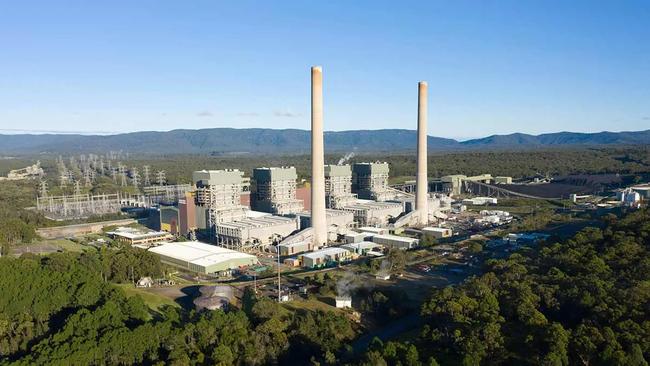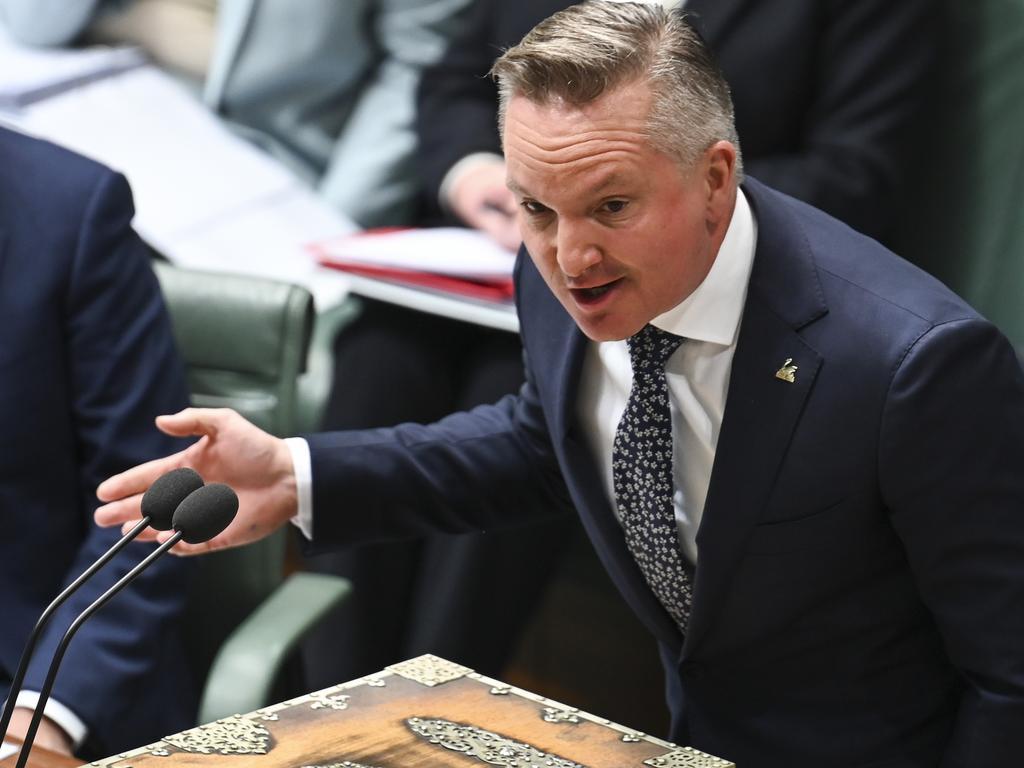Australia’s energy system can handle extreme summer if system holds up, market operator concludes
Australia’s energy system faces a once-in-a-decade spike in demand — and can’t afford any unexpected problems.

Australia’s energy system faces a once-in-a-decade spike in electricity demand this summer – as well as an increased bushfire risk and extreme heat – as the country’s market operator warned the system cannot afford any unexpected outages or supply shocks.
The Australian Energy Market Operator in August warned the country’s energy system could be stressed to near breaking point as soon as this summer, and Victoria and South Australia could both experience blackouts as there was a heightened threat there would be insufficient generation to meet demand.
The warning had triggered emergency measures, which the AEMO said has eased the shortfall threat, but there is little capacity for any unexpected problems to Australia’s ageing coal generators.
The AEMO’s executive general manager operations, Michael Gatt, said months of planning with industry has gone into preparing the nation’s power systems for a possible summer of extreme demand.
“Our extensive planning with industry, governments and network businesses aims to have enough generation and transmission available year-round to meet consumers’ electricity needs,” Mr Gatt said.
“This year’s summer forecast is for hot and dry El Nino conditions, increasing the risk of bushfires and extreme heat, which could see electricity demand reach a one-in-10-year high across the eastern states and in Western Australia.”
The AEMO said in September it had asked for commitments of extra generation for both SA and Victoria, and tenders from heavy users who could be paid to lower demand when the grid was strained so much that blackouts could occur.
The AEMO said it is also bolstered by additional capacity as major generators return to operations. The market operator said an extra 1500MW of scheduled generation will be online this summer compared to the previous one, and it now expects an extra 2000MW generation capacity from new wind and solar projects will be available.
In WA, the market operator said nearly 50MW of extra scheduled generation is expected to be available. “The increase in generation availability and additional reserves being procured will help navigate reliability pressures, should they eventuate,” Mr Gatt said.
The additional capacity will largely come from Queensland and NSW, with several major generators on course to complete repairs and maintenance.
Coal is still the dominant source of electricity, providing around two-thirds of the nation’s power. But many of the coal generators are approaching the end of their technical lifespan, leaving many exposed to faults.
Many of Australia’s largest power station operators have undertaken intensive maintenance to ready their units for the spike in demand, but industry sources said recent history showed a spate of issues.
The Callide C power station, one of Queensland’s largest coal power plants, is on course to come back in January, the plant’s operator said earlier this year, while AGL Energy’s Bayswater and Origin Energy’s Eraring coal power stations are both set to return to full capacity after units were taken offline for required maintenance.

However, while the increased generation will ease concerns about insufficient electricity supplies, the AEMO said there remains an elevated threat as an El Nino weather system is expected to bring soaring temperatures and a significant rise in demand for electricity for cooling.
Australian authorities have warned of a heightened risk of bushfires, which could damage or destroy high-voltage transmission lines, which could create serious problems for the nation’s electricity grid.
Elevated demand could also cause further pain to Australian households. While AEMO said it now expects to have enough electricity generation to meet demand, increased usage will likely push up wholesale electricity prices.
Wholesale prices – the cost of electricity – are the biggest component in how much household and business bills rise by in 2024.
Australian households, struggling under high inflation and 13 interest rate rises in little more than a year, have endured two years of electricity and gas price increases of more than 20 per cent.
A record number of Australians are already struggling to pay their electricity bills, and further increases will prove deeply unpopular, and will not be welcomed by the federal Labor government, which has seen its polling slide substantially amid the cost-of-living squeeze.
Increases in utility bills could also fuel inflation, forcing yet more interest rate rises from the Reserve Bank of Australia, which has vowed to bring inflation back to its target by the end of 2025.
Energy market executives fear continued increases in electricity bills will also temper public support for Australia’s energy transition.
Labor has set the ambitious target of having renewable energy generate more than 80 per cent of the country’s electricity by the end of the decade, a key pillar in the plan to reduce emissions by 43 per cent by 2030.






To join the conversation, please log in. Don't have an account? Register
Join the conversation, you are commenting as Logout